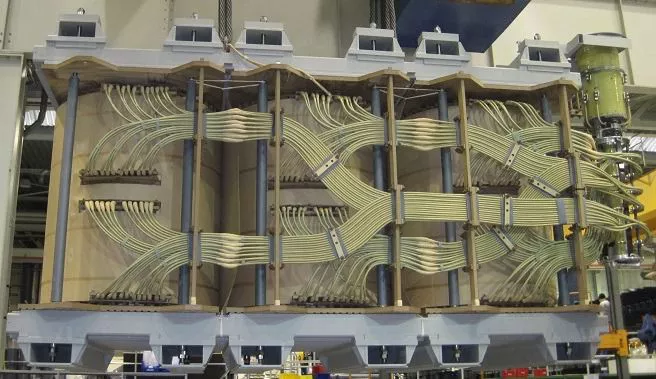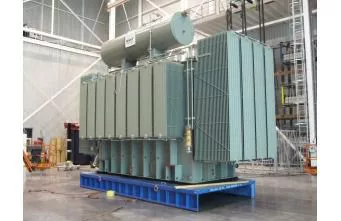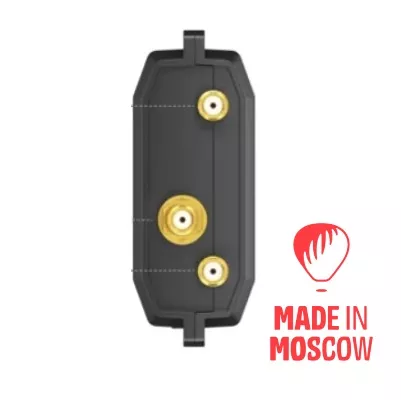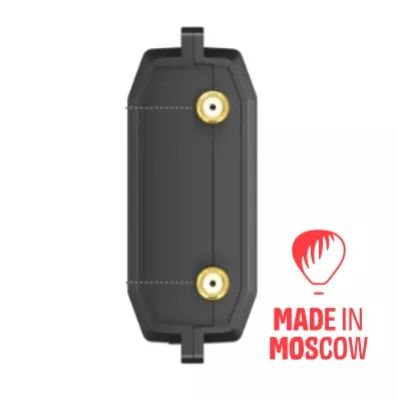Shunt reactors
Description
Shunt reactors are vital parts for the efficient operation of long HV power transmission lines. These devices compensate the capacitive load generated in the power lines, in order to avoid non-controlled voltage rise, especially on lightly loaded lines. The simple design and robust build-up make shunt reactors the most cost efficient means to compensate the capacitive load of high voltage lines. Reactors can be manufactured as gapped core design or shielded core (air core). Large gapped core reactors are typically built as a 5-limb design. The smaller units are more typically manufactured as a 3-limb design. The choice between a 3-limb or 5-limb design may also be determined by the zero sequence requirements of the system. In some cases a system requires a more flexible control of reactive power. For these applications, a controllable Shunt reactor with an on-load tap-changer can be an optimal solution. The maximum regulating range (MVAR/step) is manly determined by the step capacity of the tap changer and the maximum allowable transient voltage across the regulating winding and tap changer contacts. Shunt reactors provide the network operator with more flexibility for controlling the power flow and voltage profile. To achieve this purpose, shunt reactors with or without on-load tap-changers can be designed and manufactured in Arya-Transfo Co., in cooperation with ROYAL SMIT TRANSFORMERS, depending upon the wishes of the customer. Benefits Shunt reactors are used for various areas of application: Compensation of capacitive power of transmission lines, in particular in networks that are lightly loaded. Reduction of system-frequency over voltages when a sudden load drop occurs. Improvement of the voltage stability and efficiency of energy transmission. Reliable, long lasting power transformers technology. Advantages Of Variable Shunt Reactors •Improved voltage profile •Regulated network adjusts and improves voltage quality •Complying with the permissible voltage band •Reducing line losses •Reduction of system costs and required installation area •Higher number of operations with on-load tap changer regulated shunt reactors compared with switch mode operation of conventional shunt reactors through circuit breaker.














